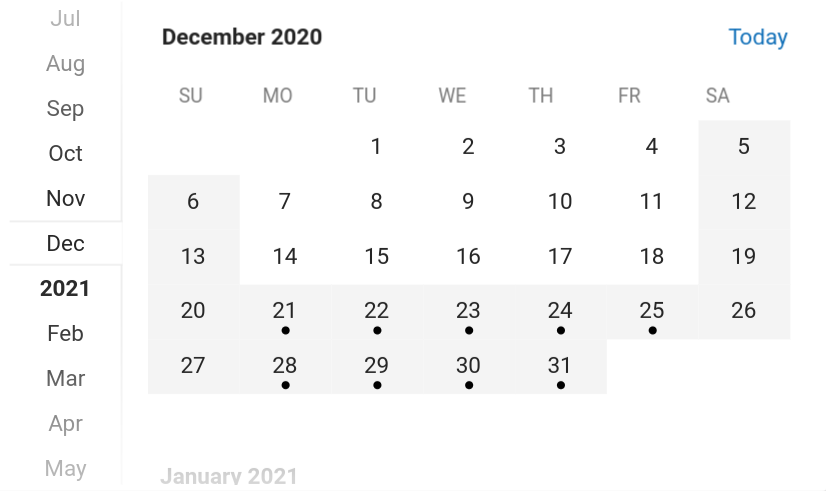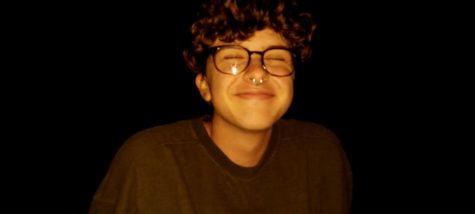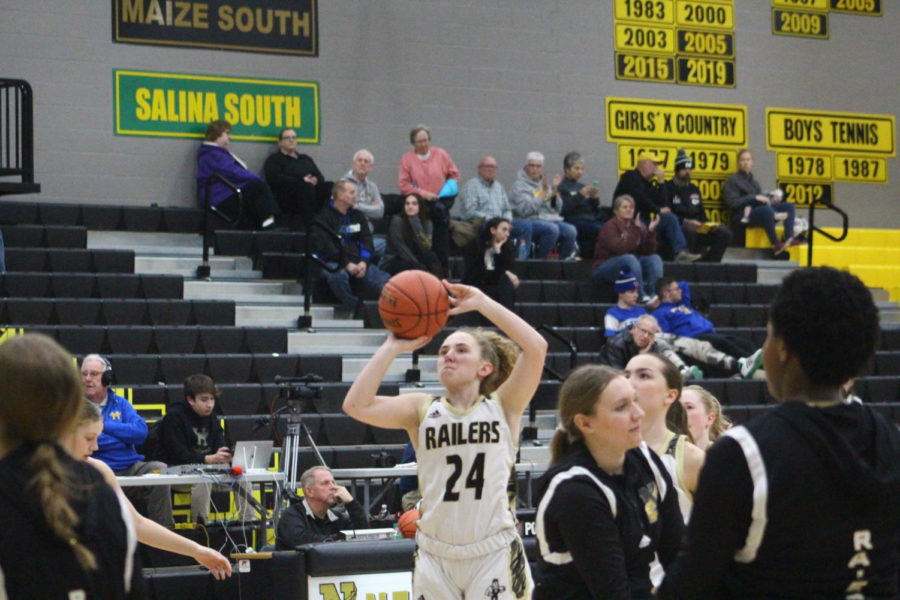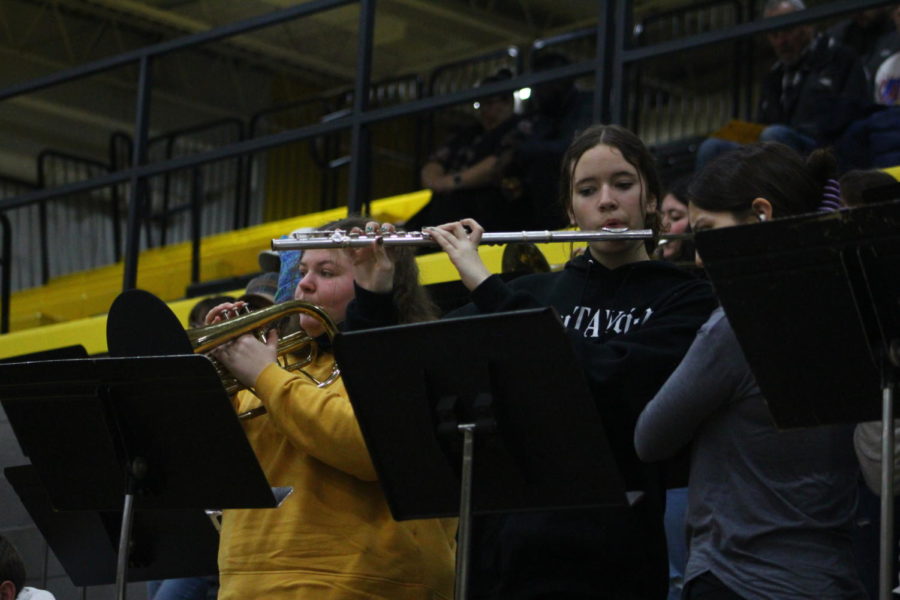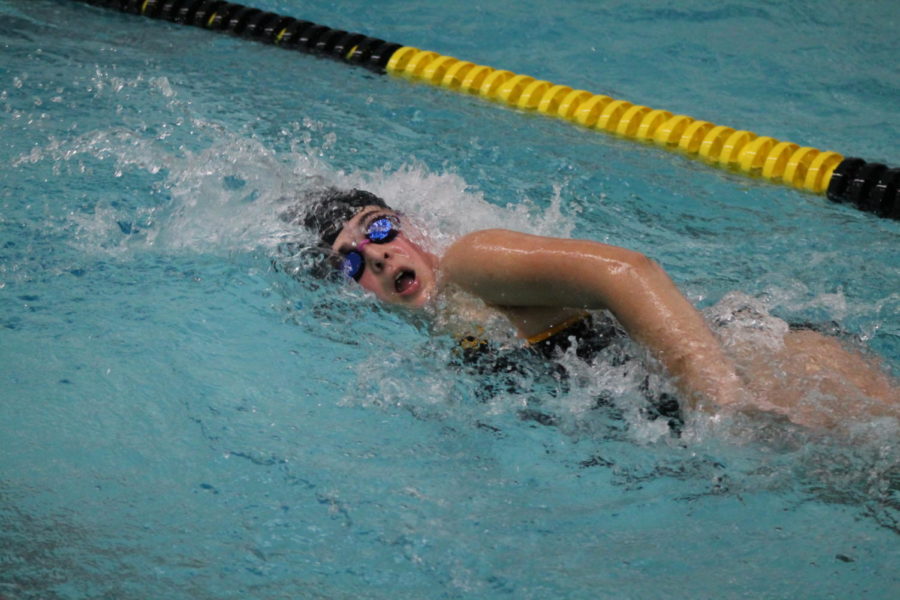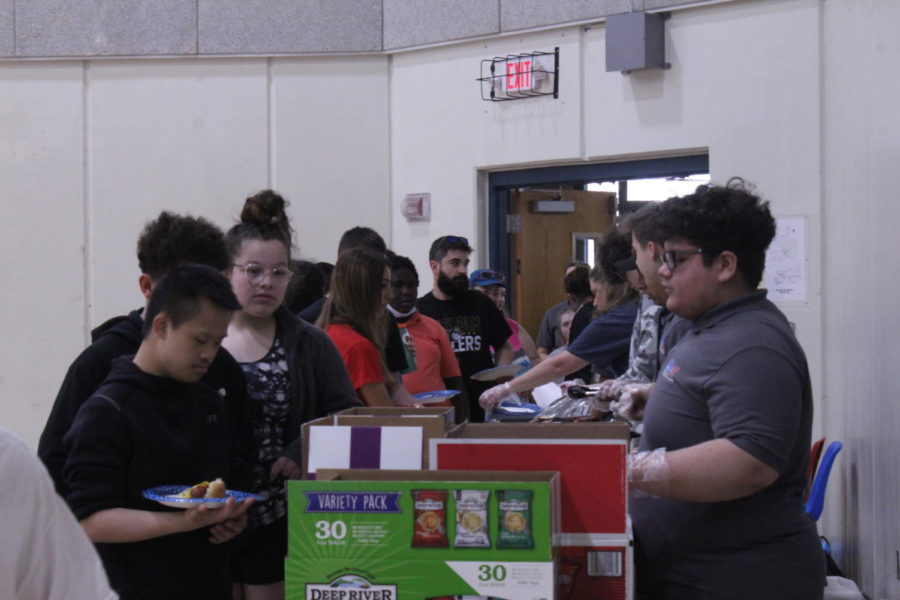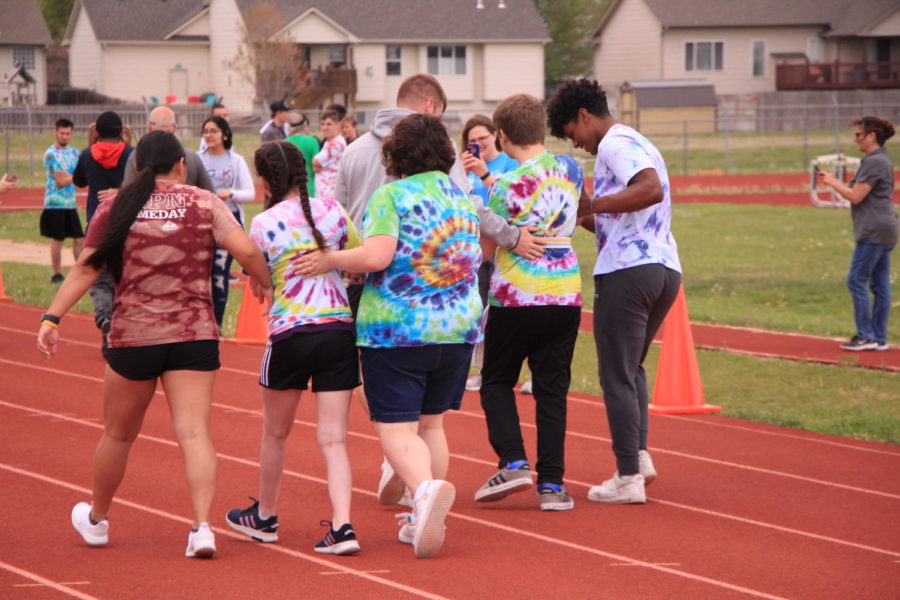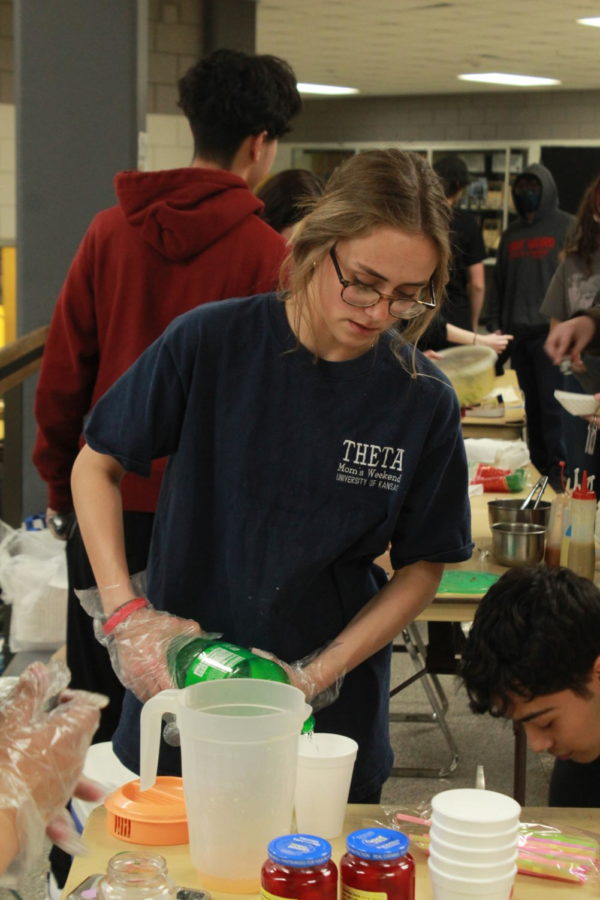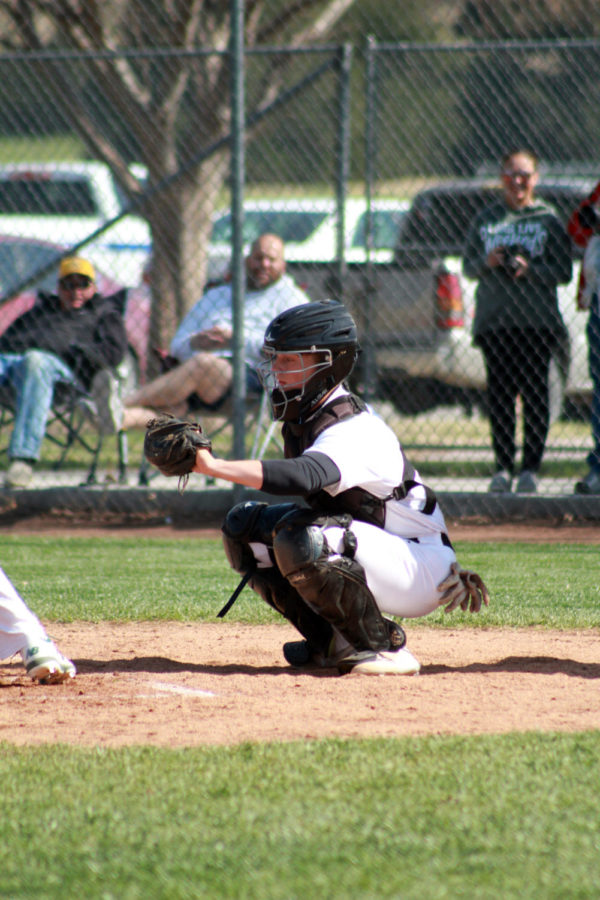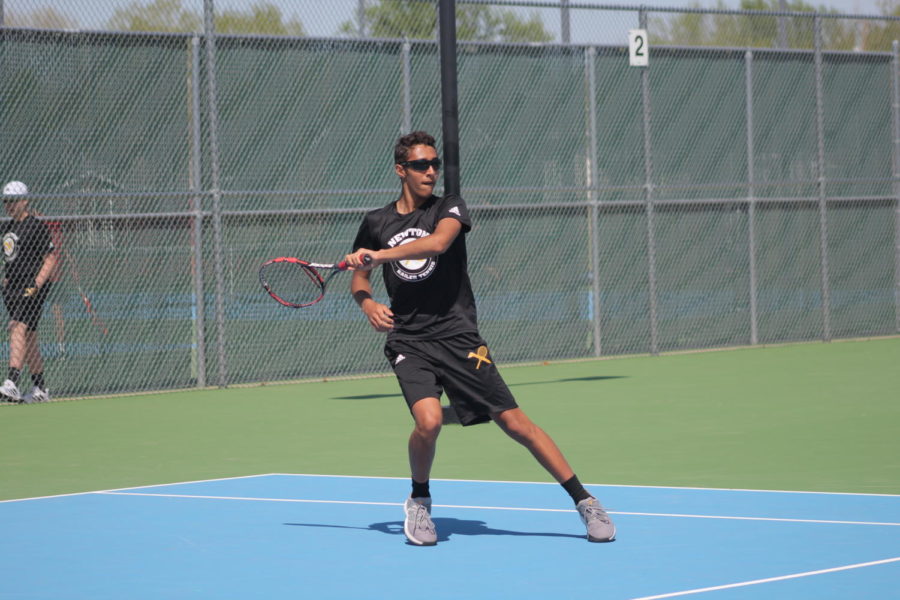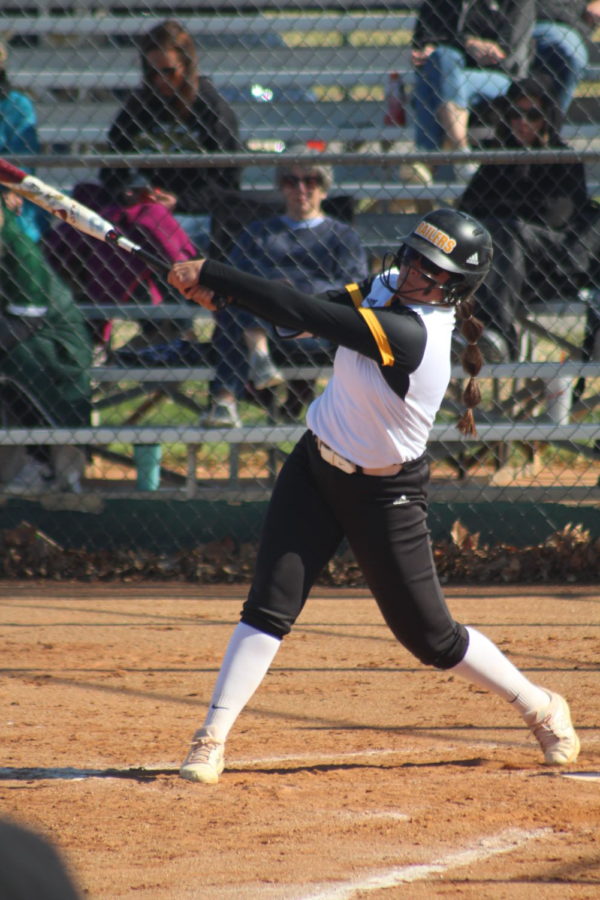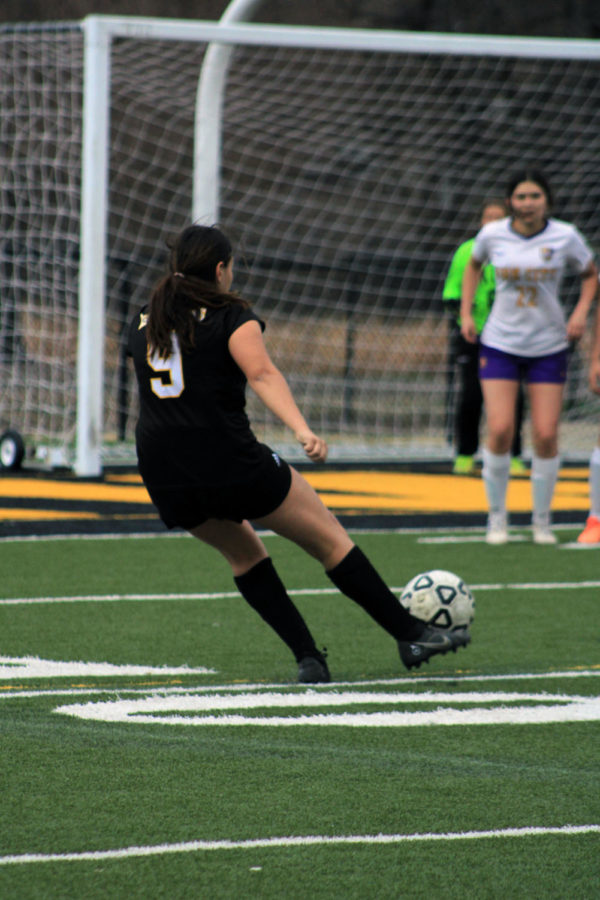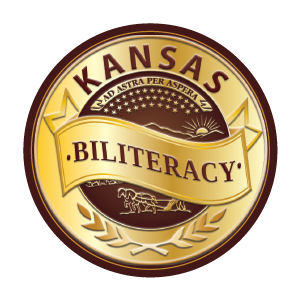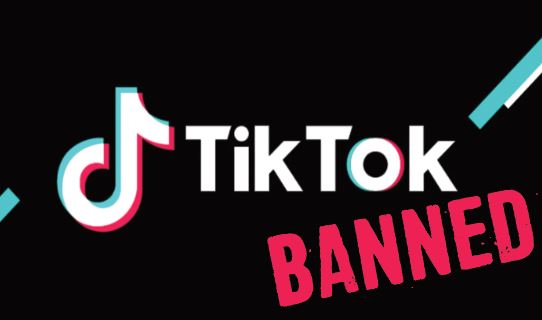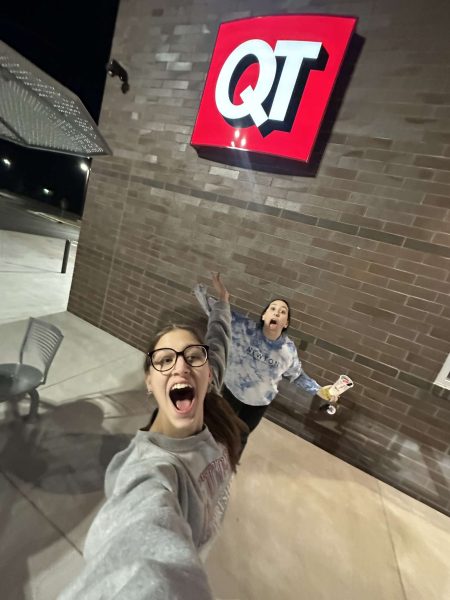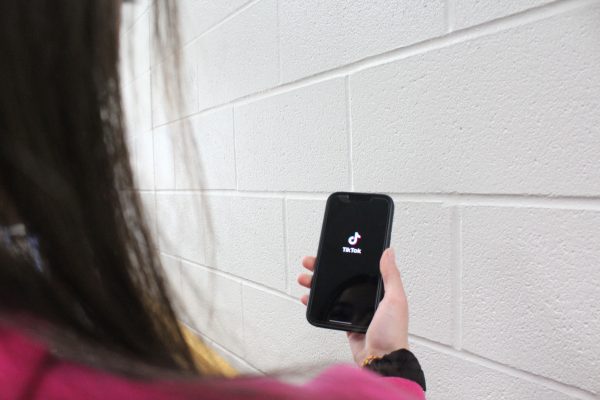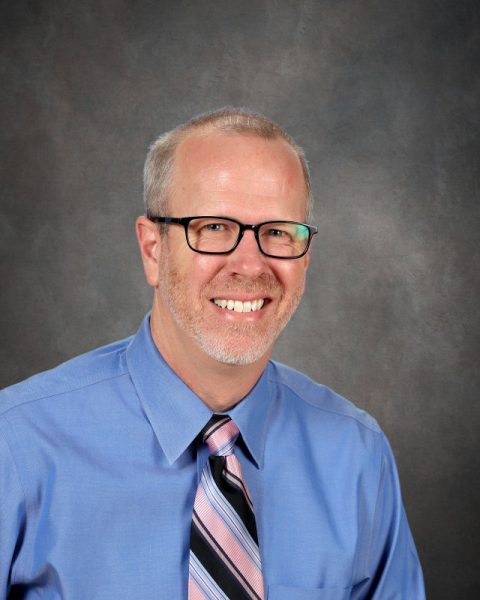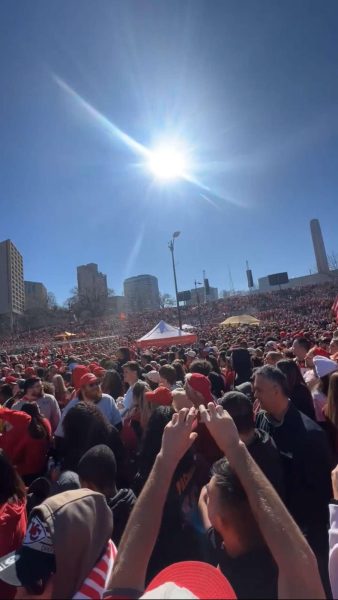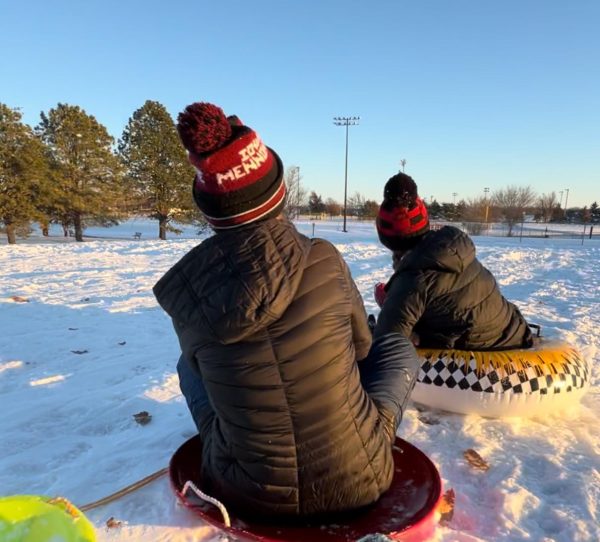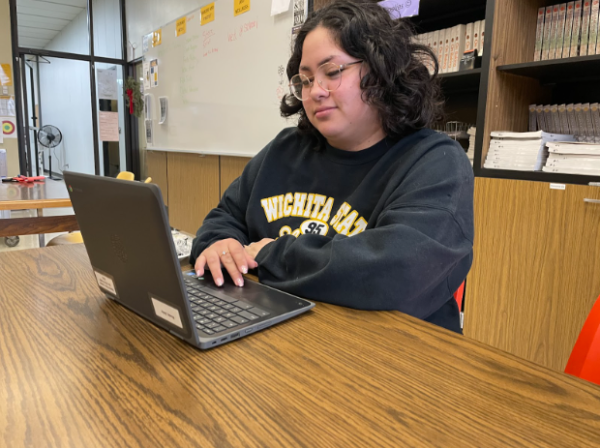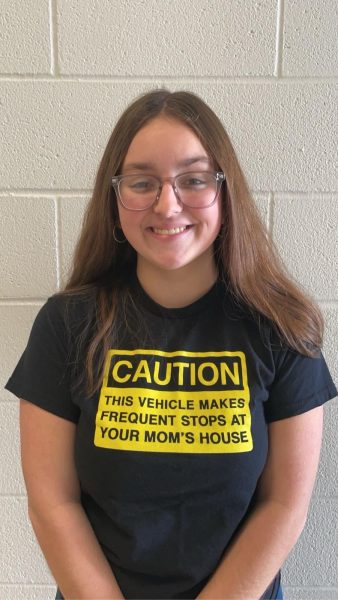COVID-19 affects school calendar
The shaded days represent days off from school and the days with dots on them represent the days of winter break for 2020.
October 25, 2020
COVID-19 has caused schools to make various changes to the calendar in order to prevent the virus from spreading while continuing to keep schools open. It is a learning process that educators and medical professionals are still figuring out.
It is required for students to be in school for a certain number of days per school year, and in order to accommodate for this, there are fewer extended breaks and three-day weekends than there have been in the past. For example, instead of the usual week-long break for Thanksgiving, this year there are only three days off from school. The schedule change also applies to winter break, shortening it from 17 days to 16 days off.
“The days off I felt allowed you to get in a better mental state before having to go back to school for long periods of time,” sophomore Eliza Epp said. “Without that, it can be hard to stay motivated with everything moving so fast.”
Going Hybrid
Set in place at the beginning of the school year, was a hybrid class system for students who chose the flexible path of learning, which involves two groups of students, group “A” going to school Monday and Tuesday, and group “B” going on Thursday and Friday, and Wednesday there are no in person classes in order to sanitize the building. Due to rising cases in the county and in the school, as of Oct. 19, students in flexible learning mode are fully remote for one week, as a safety precaution.
“I have surprisingly been able to adapt to the schedule pretty easily,” Epp said. “The hardest part is when we have to switch from in-person to hybrid to online. The first couple days after a switch can be kind of difficult.”
Even with extensive safety measures being taken, it is hard to say if so much schedule changing is the right decision.
“I don’t think we can know how well anyone is handling COVID until two years from now when COVID is over,” art teacher Eden Quispe said. “There are no right or wrong answers, rather everyone needs to decide if they are willing to exchange health risks for learning risks and years from now we can see the consequences.”

